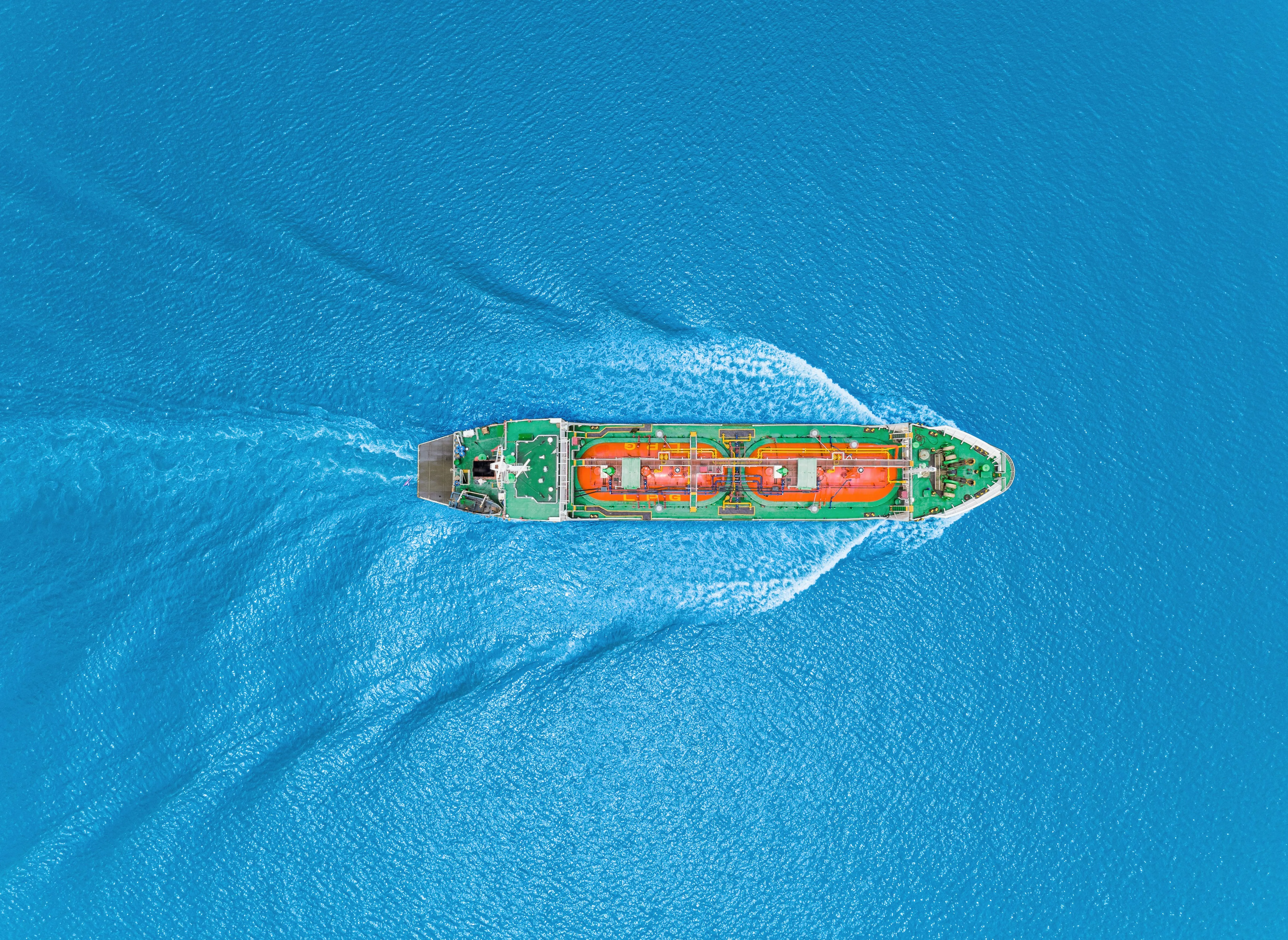Propeller Wash
Challenges with Propeller Wash
Cleanup of contaminated sediment sites may include dredging, capping, or in-situ treatment, or a combination of these three techniques. Long-term stability of sediments is key to the success of these remedial actions, which must withstand recontamination by sediments from other sites, as well as resuspension of bottom sediments, a significant source of recontamination (Michelsen, 1998). Vessel traffic (propeller wash or “propwash”) correlates closely with increases in sediment resuspension. The contaminated sediment can also be further transported by currents induced by vessel traffic.
Modeling water and sediment transport patterns due to propwash in near shore areas is critical to planning successful cleanup, preventing resuspension, and designing structures to avoid development of scour holes. Unfortunately, limited availability of field data, computing capabilities, and other resources have hampered efforts to model propwash-related sediment resuspension. The available propwash models are empirical models that only address velocity and shear at the sediment interface; these are decoupled from far field transport and ignore propeller velocities in the water column.
Solutions Provided by EEMS
EEMS provides a fully integrated propwash module that is able to predict sediment resuspension using ship information, position, and speed, dynamically combined with a three-dimensional model of the waterbody. Optionally, the propeller energy can be incorporated into the three-dimensional flow field behind the ships. The EEMS propwash module may be a game changer for contaminated sediment remediation teams in their efforts to properly consider the role of propwash in their evaluations and designs, and for port and harbor engineers evaluating foundation and bulkhead impacts due to propeller action. Learn more about propwash by viewing our blog series.
Example Studies
San Diego Bay, CA (in progress)
Kingston Ferry, WA (in progress)
